
The Lössl-Uhr (Lössl Clock) is a technical gem in Bad Aussee. The public clock designed by Friedrich von Lössl used to work with the power of changes in atmospheric pressure and temperature.
You only see what you know (Goethe)

The Lössl-Uhr (Lössl Clock) is a technical gem in Bad Aussee. The public clock designed by Friedrich von Lössl used to work with the power of changes in atmospheric pressure and temperature.
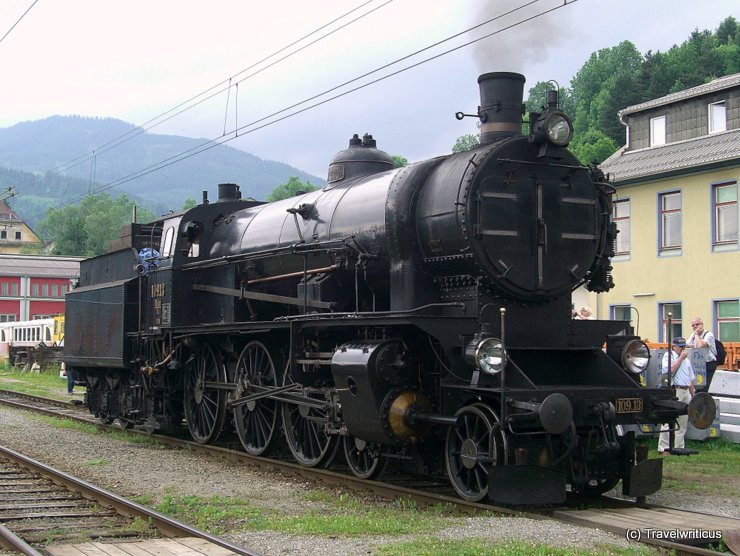
On an event at the Südbahn Museum in 2010, I saw this steam locomotive of the Class SB 109. It dates back to 1912. In the beginning the loco served for the Austrian Southern Railway Company. Today, it still runs for classic train tours.

If you are interested in the people of Celts, Deutschlandsberg Castle (Schloss Deutschlandsberg) in the Austrian state of Styria is worth a visit. It houses the Archeo Norico, a museum about Celtic history.
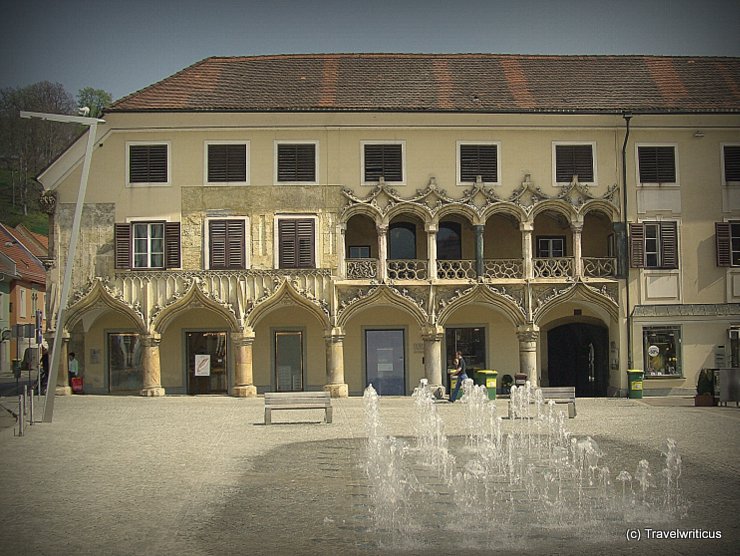
The Kornmesserhaus is one of the most beautiful Gothic secular buildings in Austria. You find the building on the town square of Bruck an der Mur. Its name originates from its first owner, Pankraz Kornmesser.

In German, we use the same word for the stone of a fruit and the centre of a city: Kern. So we say Stadtkern to talk about downtown. That’s why this public artwork in the Styrian capital made me smile.
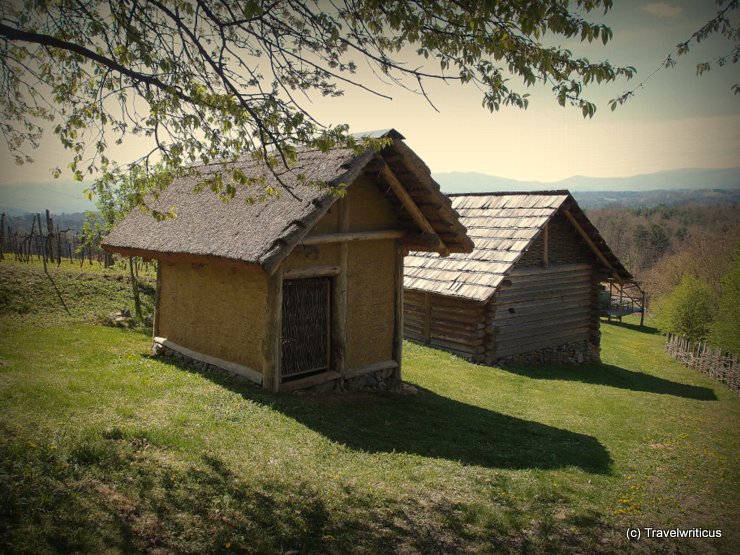
Long before the Romans established their province of Noricum on the grounds of today’s Styria, people of the Hallstatt Culture lived here. Near the Styrian place of Großklein, you find a reconstruction of farmhouses dating back to the Hallstatt period.

The Federal Austrian Railways (OBB) offers locomotive branding for companies and organisations. A fun example is this loco branded with the colours of the Austrian police (POLIZEI).
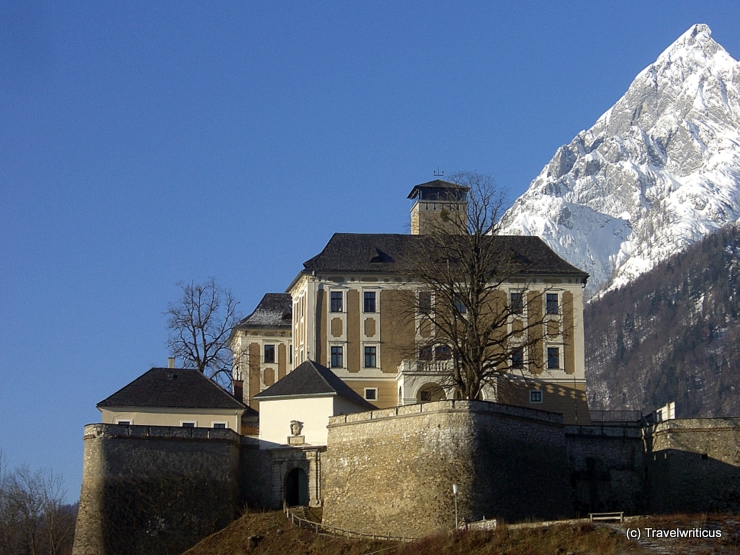
While passing the municipality of Stainach-Pürgg by train, I took this pic of Trautenfels Castle (Schloss Trautenfels). It houses collections about the Styrian regions of Ennstal and Ausseerland. The striking mountain behind the castle is known as Grimming.
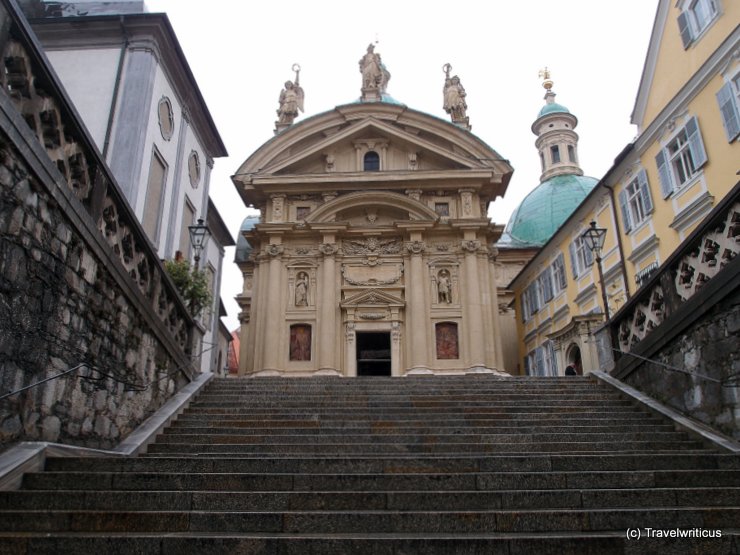
Visitors to the Austrian city of Graz often mention the Italian vibes they experienced in the streets. One reason for this perception is probably the mausoleum of Ferdinand II. The architect of this building was the Italian Giovanni Pietro de Pomis.
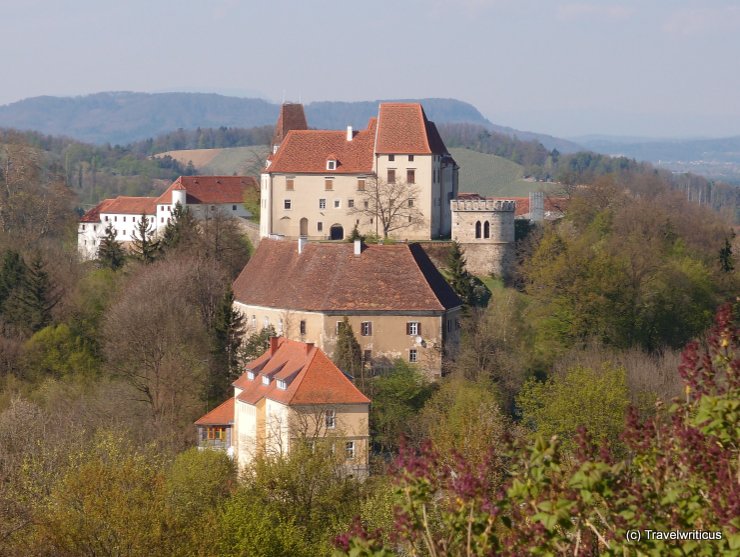
View of Seggau Castle (Schloss Seggau) taken from the nearby Frauenberg Hill. On the walls of the central building, you find an extensive compilation of ancient Roman tombstones.

The double spiral staircase of Graz is an architectural element in the former town castle (Grazer Burg). It dates back to around 1500. That way, it is considered the second oldest spiral staircase of its kind.